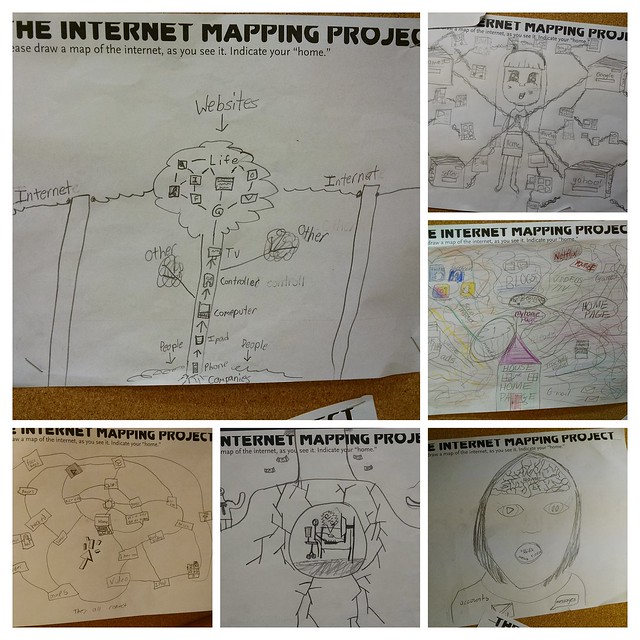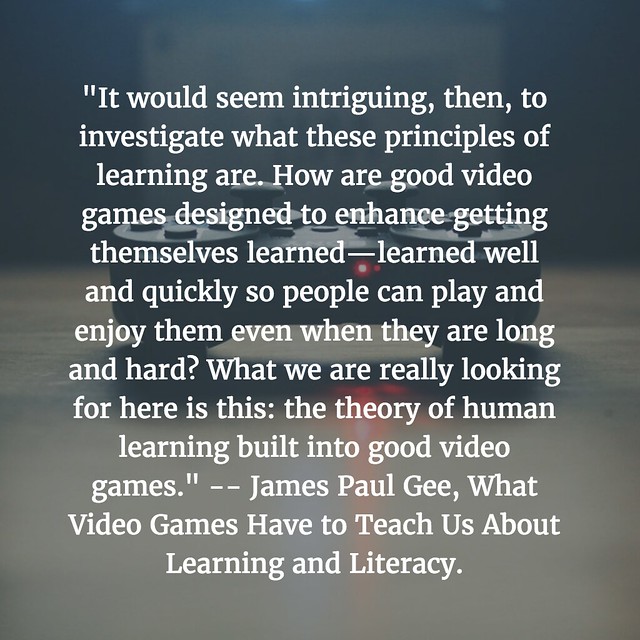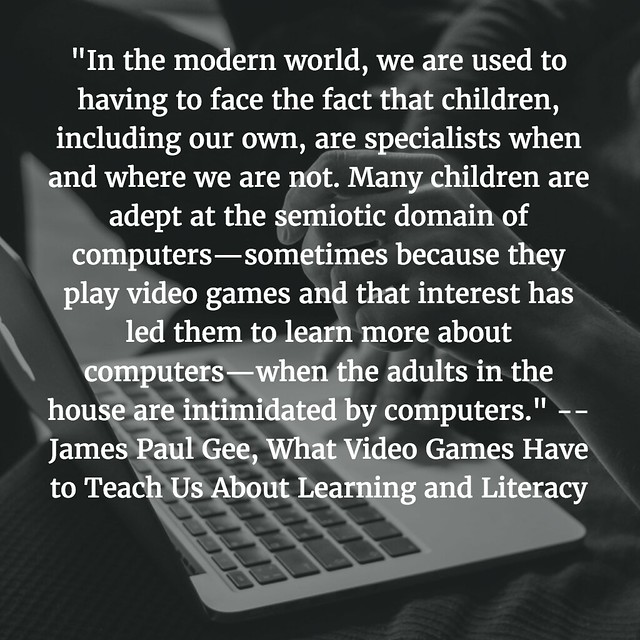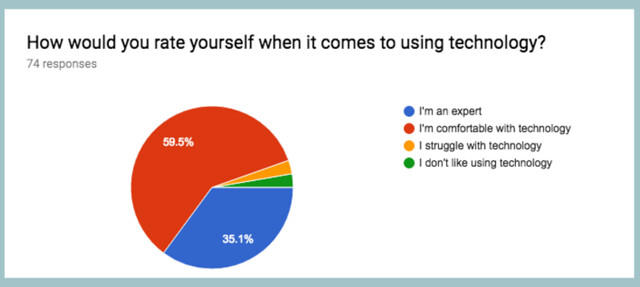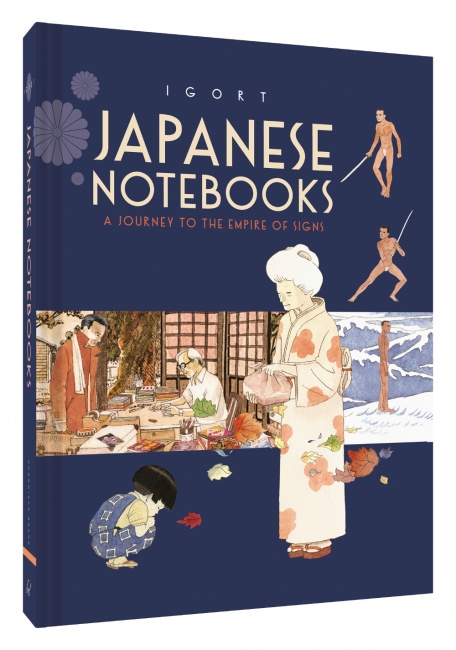
What a lovely discovery. Japanese Notebooks is hard to describe, as writer/illustrator/graphic novelist/manga creator Igort shares his fascination with Japanese culture and Japanese art through a dream-like book that mixes illustrations, art and photographs.
Igort’s artistic vision is stunning and beautiful, capturing his life as a European immerses himself in Japan’s world of manga and animation. The book unfolds with all sort of threads, and Igort warns the reader early on that this is how he intends to tell his story. Even with the strange narrative lens, where linear sequence is less important than the heart of his stories, Japanese Notebooks is sure to capture your attention.
“This book is the story of chasing a dream, and surrendering upon finding that dreams cannot be grasped.” – Japanese Notebooks, Igort, page 7
At its core, it tells of a graphic novelist exploring his inner world of creativity through the lens of a culture that has long fascinated him. Through Igort’s passion, we learn of Japanese poets, artists, writers, animators and more. He found much success, starting with his manga series Yuri.
This book would be challenging in content and construction for students, and some adult themes emerge later in the book.
Peace (through our lens),
Kevin
